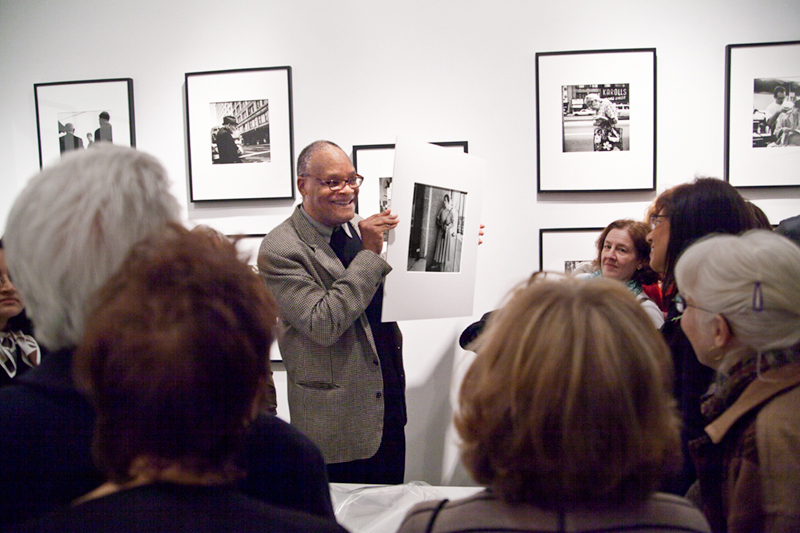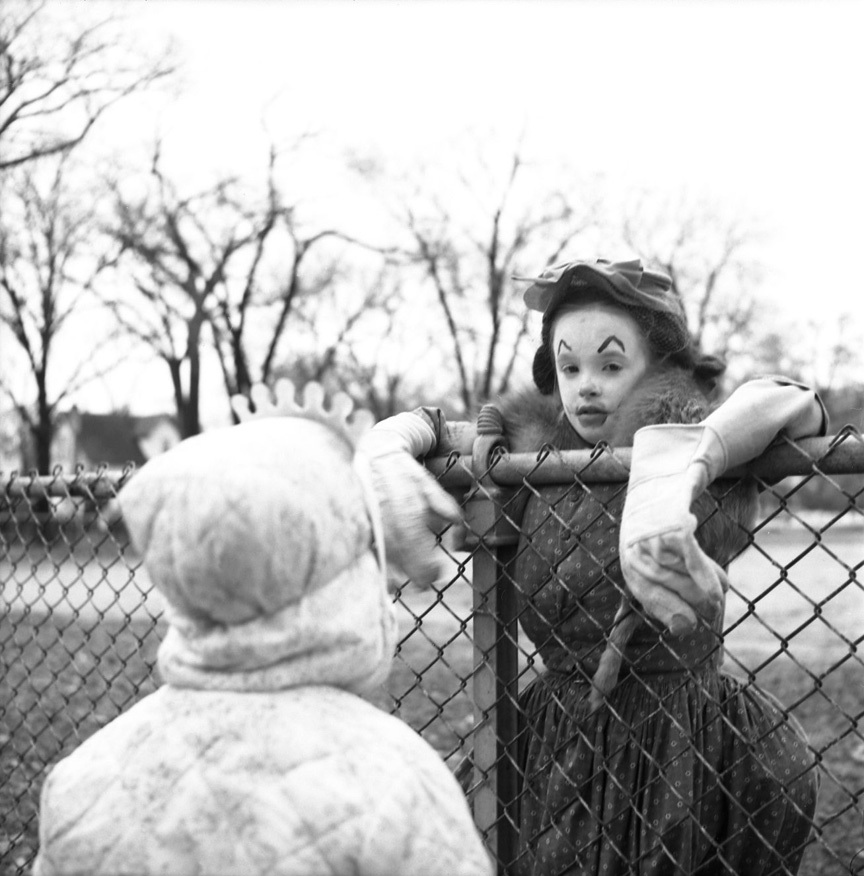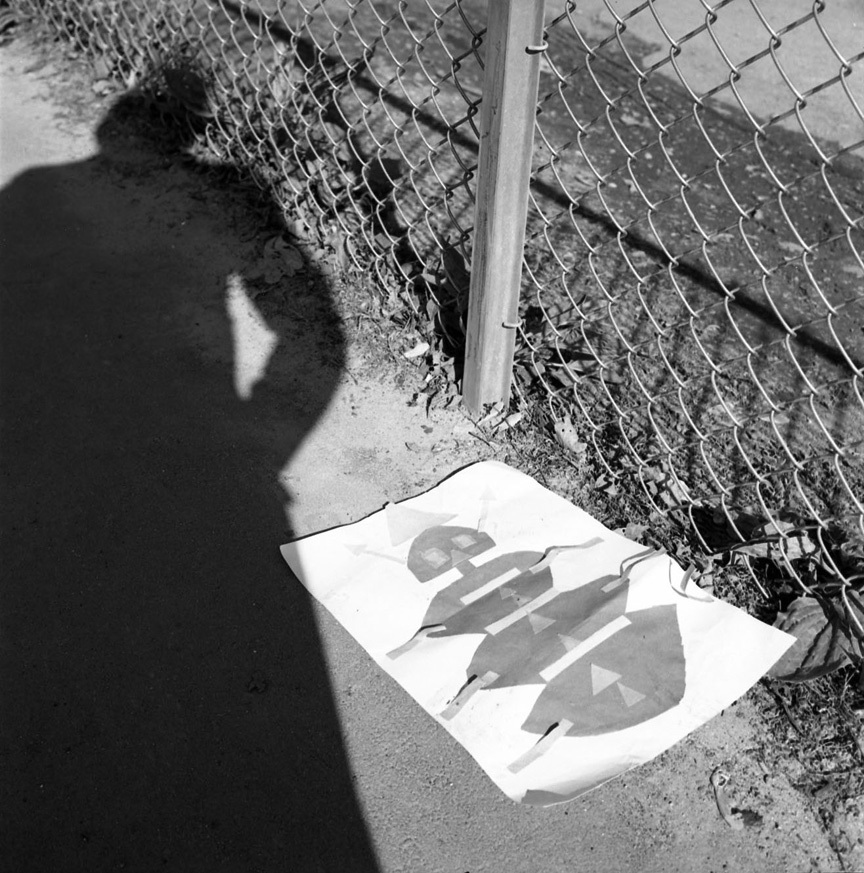Photo: Sam Matamoros, © 2012
Lately, the fine art photography community has been experiencing a tsunami of discoveries which include the resurfaced photographs of Robert Frank, negatives by Lillian Bassman, and more intriguingly, actual photographers themselves. The new, posthumous content, while incredibly exciting, is no match for the discovery of the unknown (until 2007), self-possessed, prolific photographer named Vivian Maier.
Who better than John Bennette, who recently gave a talk at the Steven Kasher Gallery in Chelsea, New York, to illuminate the significance of her work. “She has done every idiosyncratic image ever made”. Bennette’s humanistic view of photography, punctuated by the large hands he uses to frame the photographs he handles, resonates with listeners, as it always does, whether they are crowded around him in close quarters, as was the case at Steven Kasher, who himself was part of the audience, or when speaking to larger audiences during any number of panel discussions in which he has participated.
Untitled (Girl with Clown Costume), ca. 1967/Courtesy of Steven Kasher Gallery, New York
For the uninitiated, when Mr.Bennette, photography collector, educator, and tastemaker puts a photograph into context historically, audience members need not know about the history of fine art photography to appreciate him. He is, above all, an accomplished storyteller, and you will learn the history as a result of listening to him. Moreover, you will learn about the criteria he values when identifying photographs he calls “collectable” or successful. Photography, he tells us, should be personal.
One of his favorite images by Miss Maier—she took pictures in the fifties, sixties, and seventies and wore no-nonsense cotton house dresses paired with men’s shoes (for comfort) and would never have subscribed to “Ms.”—is Untitled (Girl with Clown Costume), ca. 1967. It captures what Bennette appreciates most about her work. He “knows” these people.
Vivian Maier’s work is going to be revealed in chapters as the 120,000 negatives she left behind make their way into the twenty-first century. Undoubtedly, many will become iconic photographs. Refreshingly, and best of all, they will demonstrate what photographic work, unsullied by the media, professional contacts, or academia looks like. At Kasher’s, we learned she took pictures for herself; and she never shot the same image twice.
Self-Portrait (Shadow and Kite) ca. 1960s/Courtesy of Steven Kasher Gallery, New York




 RSS
RSS
